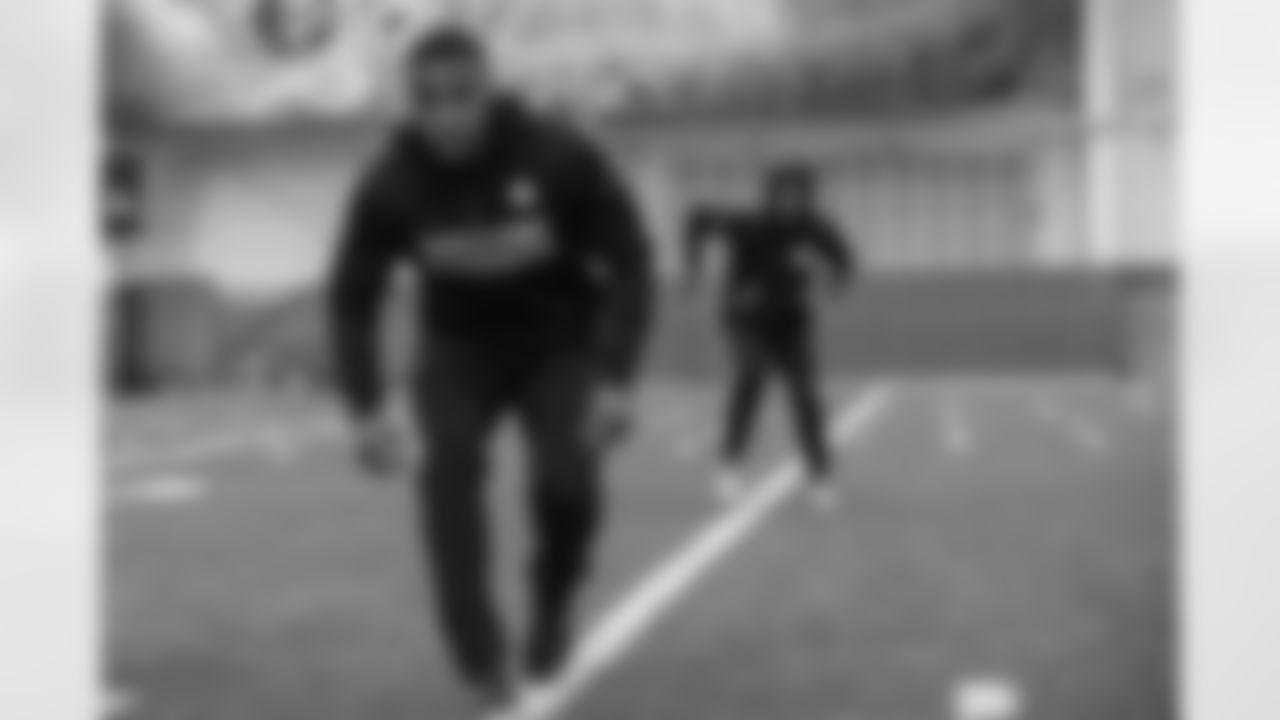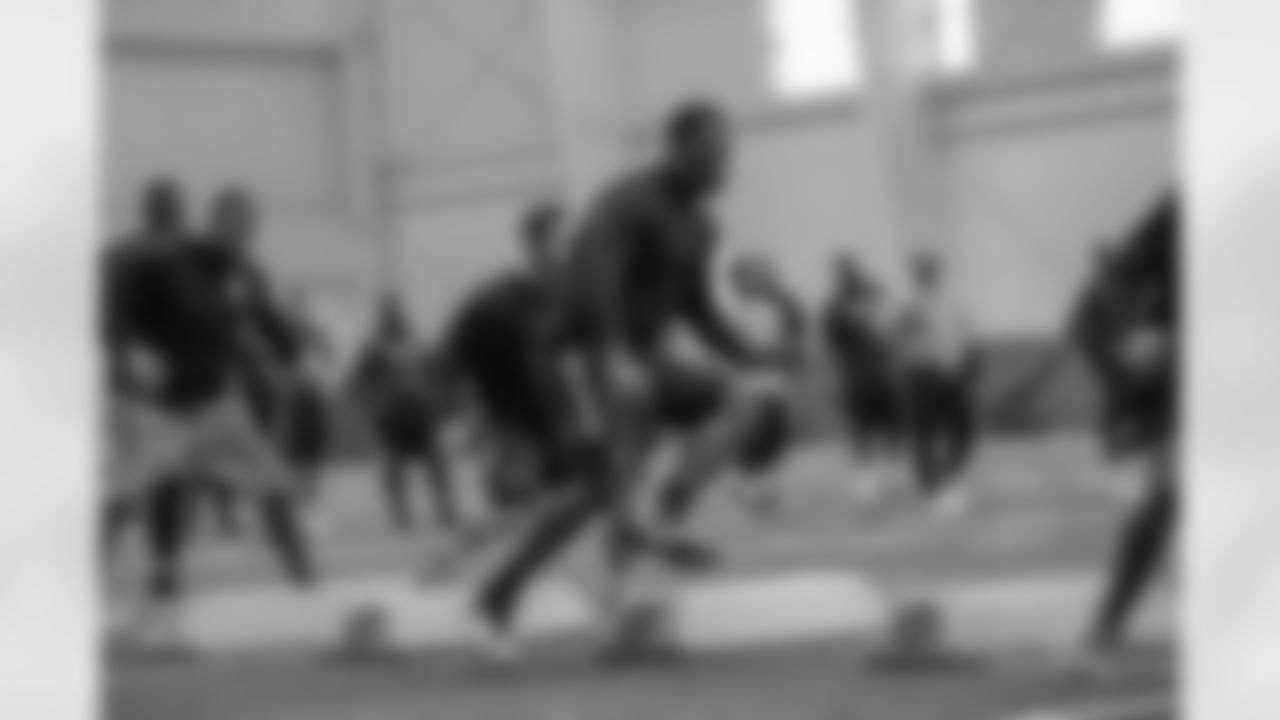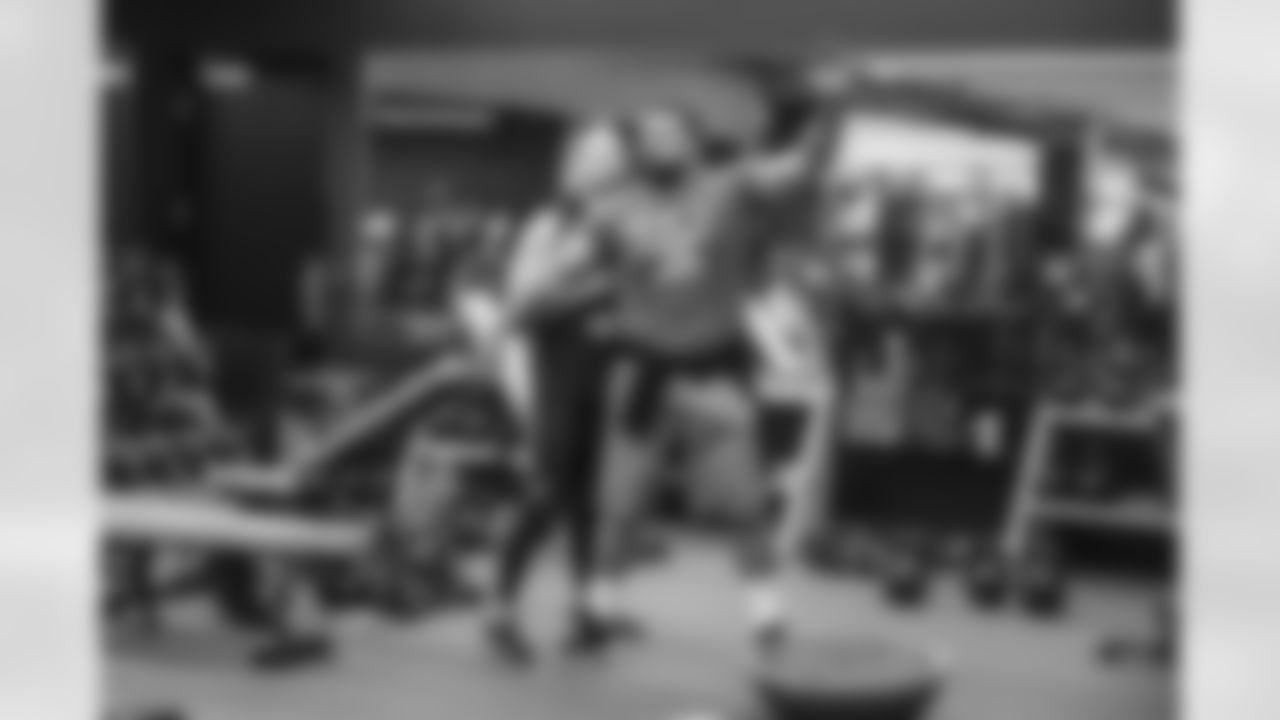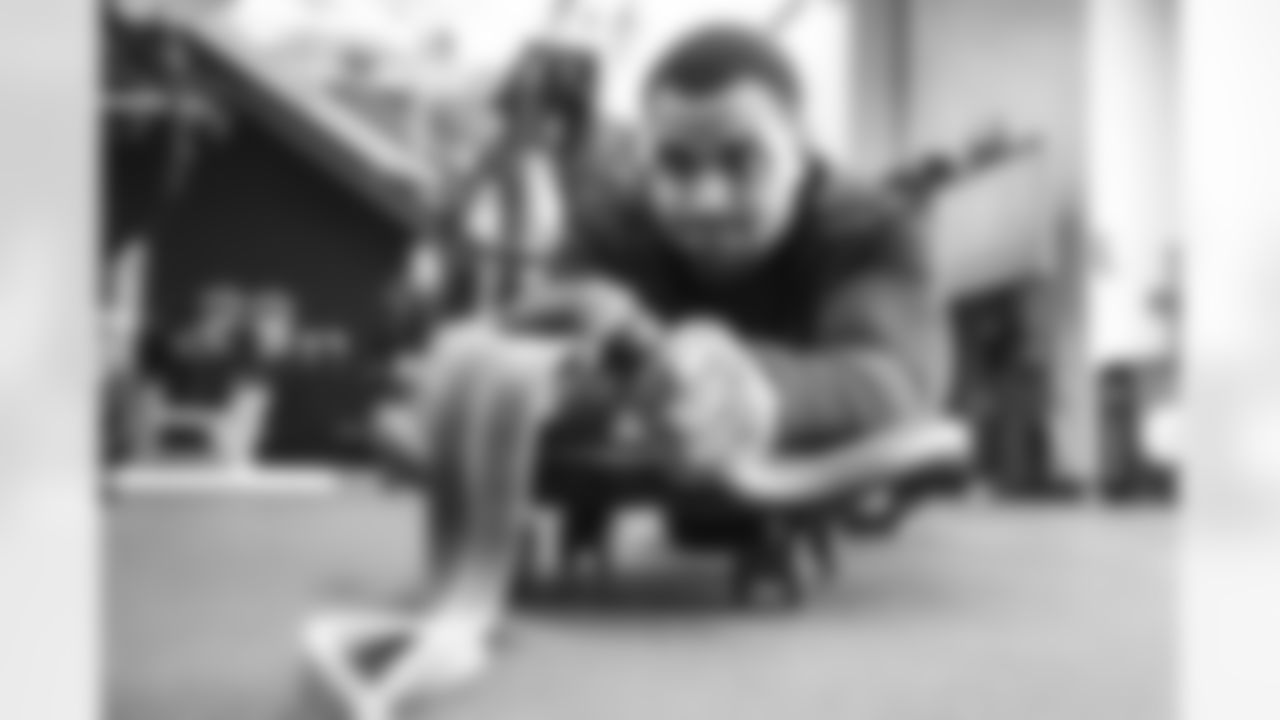Let's get to it:
ED SWARTZ FROM NORWICH, OH:
The last pick in the draft is referred to as Mr. Irrelevant. Have the Steelers ever had the last pick in the draft, and if so who were the players and how did they fare?
ANSWER: First, a little explanation, courtesy of Wikipedia: "Mr. Irrelevant is the title bestowed each year upon the last pick of the annual National Football League draft. Although the NFL Draft dates back to 1936, the first person to officially be given the 'Mr. Irrelevant' title was Kelvin Kirk, pick No. 487 of the 1976 draft."
"Mr. Irrelevant" and "Irrelevant Week" began in 1976, when former NFL wide receiver Paul Salata, who played his college football at USC, founded the event in Newport Beach, California. For the pick and his family, Irrelevant Week included a week in Newport Beach for a golf tournament, a regatta, a roast giving advice to the new draftee, and a ceremony to award him the Lowsman Trophy.
The Steelers made the final picks in 1975, 1976, 1979, and 1980, and they actually picked the first Mr. Irrelevant. Kelvin Kirk, a wide receiver from Dayton who was the final pick of the 1976 NFL Draft, but he didn't make the team. In 1979, the Steelers picked Northwestern State wide receiver Mike Almond, but he also didn't make the roster.
In 1980, the Steelers used the final pick of the draft on Tyrone McGriff, a guard from Florida A&M. McGriff not only made the team as a rookie, but he also started 10 games for the Steelers at right guard that season. McGriff ended up playing three season for the Steelers, and he appeared in 36 games over that period with those 10 starts as a rookie.
Even though the Steelers won Super Bowls in 2005 and 2008, they didn't have the final pick in either of those drafts, because by then the NFL had instituted the program of awarding compensatory picks to teams based on losses sustained during free agency.
ROGER HALECKY FROM MESA, AZ:
I watched a T.J. Watt highlight reel on Steelers.com that was posted on April 21. There's an amazing play against Minnesota where Watt batted a ball thrown by Case Keenum, then the play was whistled dead. My question is, why was that not a live ball if it landed behind the line of scrimmage?
ANSWER: I just watched the video myself, and I encourage all of those know-it-alls who ripped the Steelers for drafting Watt instead of Rueben Foster to do the same. Anyway, on the play in question, Vikings quarterback Case Keenum clearly threw a forward pass that was batted by Watt. Whether the ball crosses the line of scrimmage or not, when the pass is clearly forward and batted to the ground, it's an incomplete pass. It was called correctly.
JAMES NELSON FROM RIDGWAY, PA:
How do contracts with performance bonuses count against the salary cap? Are the maximum potential bonuses counted against the cap?
ANSWER: Performance bonuses that a player has earned previously count against the cap each year it's stipulated in the contract. As an example, if a player has a bonus in his contract that pays him $250,000 each year that he's voted first-team All-Pro, and if that player already has been voted first-team All-Pro in his past, then the $250,000 would count against the cap each year that it's stipulated in the contract. That is known as "likely to be earned."
DAVID SHAFFER FROM HARRISBURG, PA:
At one point the Steelers were said to draft the best athlete available. Was that who they saw as the best available athlete regardless of position, or was it the best athlete available at a position of need?
ANSWER: When that drafting philosophy was born, it was the early 1970s and the Steelers stunk, and so they had needs at every position. As the roster was built and the team got better and better, "best athlete available" in my opinion came to be more about not reaching for a particular position. Deviating slightly from the pecking order on their draft board is only smart business when their top remaining player on that board is at a position of strength on their existing roster.
ZACH PAVEY FROM HUNTINGTON, IN:
I don't know if I'm correct or not, but the last time the Steelers traded up in the first round of a draft was for Troy Polamalu in 2003. How likely do you think the Steelers are to doing that this year to find an inside linebacker or a safety, given that they just signed one of each in free agency.
ANSWER: You are incorrect. The last time the Steelers traded up in the first round of a draft was in 2006 when they moved up from No. 32 to No. 25 to pick Santonio Holmes. How likely they are to do that again will depend upon how high they would have to trade and which player they might be targeting.
LISA PETT FROM ERIE, PA:
With Le'Veon Bell still a contract question mark, and Stevan Ridley recently re-signed to the roster, where does James Conner stand on the depth chart at running back?
ANSWER: There is no depth chart at this stage of the NFL calendar. That pecking order will be determined by what happens on the field, and that doesn't start until training camp opens in late July.
Phase One of the Steelers offseason workout program is underway.
































































JORDAN FERRINGER FROM ERIE, PA:
Can't half these questions people ask you be found easily on Google? For example, can't someone look up how many first-round draft picks we've ever had and not have to write in to this forum as if Asked and Answered is the only way to get the answer?
ANSWER: Google is my secret weapon, but let's keep it a secret, OK? I much prefer questions that have actual answers than those questions that require a crystal ball, or the ones that come disguised as a question but are nothing but a long rant followed by "What say you?" I hate those.
BOB SHAW FROM PENSACOLA, FL:
Does Ryan Shazier's salary count against the cap since he will not be playing in 2018?
ANSWER: Yes.













